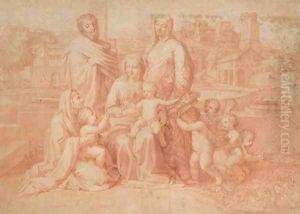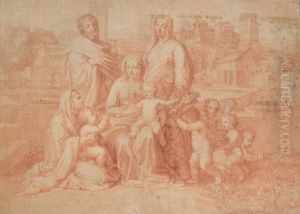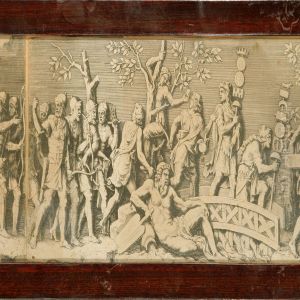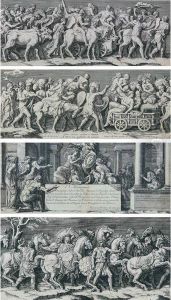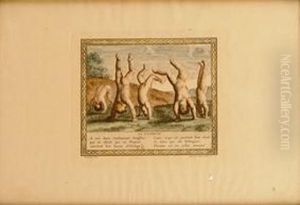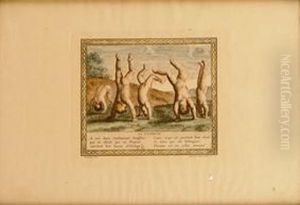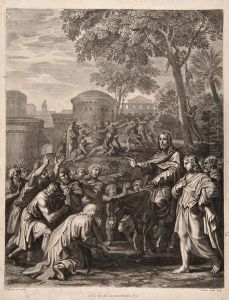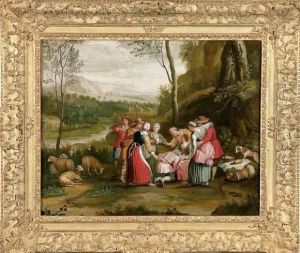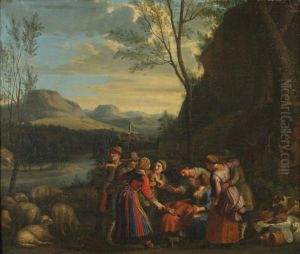Claudine Bouzonnet-Stella Paintings
Claudine Bouzonnet-Stella was a French engraver and printmaker born in 1636 in Lyon, France. She came from a family deeply involved in the arts; her uncle was the painter Jacques Stella, from whom she received her initial training. Claudine was one of six children, all of whom were engaged in artistic pursuits, but she and her sister Antoinette were particularly noted for their engravings and etchings.
Claudine's work was predominantly in the realm of engraving, and she was known for her skillful interpretations of her uncle's paintings. After Jacques Stella's death in 1657, Claudine, along with her siblings, took on the task of reproducing and publishing his works. In 1669, they produced a volume of engravings based on his drawings and designs titled 'Les Jeux et Plaisirs de l'Enfance' (The Games and Pleasures of Childhood). This collection was well received and is considered one of her major contributions to the arts.
Despite the challenges faced by women in the art world at the time, Claudine Bouzonnet-Stella managed to achieve recognition for her artistic contributions. She worked in Paris and became a member of the Royal Academy of Painting and Sculpture, an exceptional achievement for a woman in the 17th century. Her acceptance into the Academy was a testament to her talent and the respect she garnered from her contemporaries.
In addition to her reproductions of Jacques Stella's works, Claudine created original compositions and was skilled in portraying religious scenes, portraits, and genre subjects. Her engravings are characterized by their delicacy and precision, reflecting a mastery of the medium that was highly regarded by her peers.
Claudine Bouzonnet-Stella's legacy lies not only in her own artworks but also in her role in preserving and promoting the oeuvre of her uncle. Her dedication to her craft and her ability to navigate a male-dominated art world contribute to her historical significance. She passed away in 1697 in Paris, leaving behind a body of work that continues to be appreciated by art historians and collectors alike.
